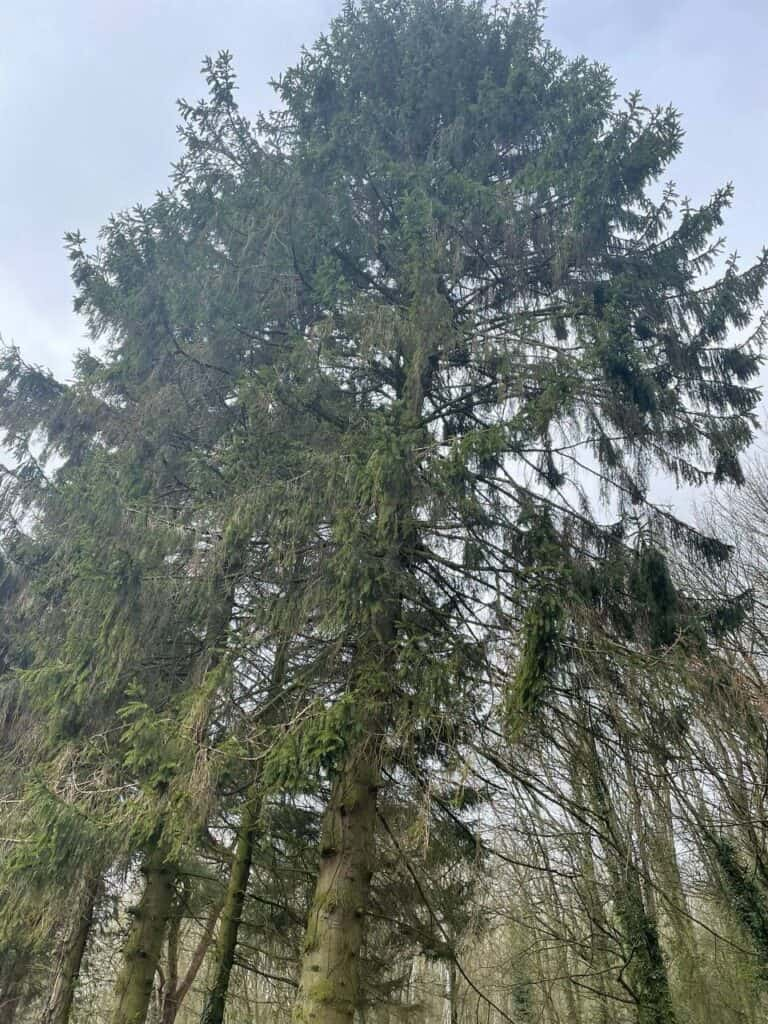Introduction: Tree felling is a complex task that requires knowledge, experience, and careful consideration. Unfortunately, several myths and misconceptions surrounding the practice can lead to poor decisions, unsafe practices, and potential damage. In this blog post, we’ll debunk some common tree-felling myths and provide accurate information to help you make informed decisions about tree management.
Myth 1: Anyone Can Fell a Tree
Fact: Tree felling is not a task for amateurs. It requires a deep understanding of tree biology, proper cutting techniques, and safety protocols. Attempting to fall a tree without the necessary expertise can lead to accidents, property damage, and injuries.
Myth 2: Felling a Tree is All About Cutting it Down
Fact: Felling a tree involves more than just making cuts. Proper planning, assessing the tree’s health and structure, evaluating its surroundings, and using appropriate tools are all critical aspects of successful tree felling.
Myth 3: You Can Fell a Tree in Any Season
Fact: The timing of tree felling can significantly impact the process and the tree’s health. Some tree species are best felled during specific seasons to minimise stress and promote quicker healing. Consulting a professional tree surgeon can help determine the ideal time to fall a tree on your property.
Myth 4: All Trees Fall the Same Way
Fact: Trees have unique shapes, sizes, and growth patterns that influence how they fall. A tree’s lean, the direction of prevailing winds, and potential obstacles in its path must all be considered when determining the direction of the fall.
Myth 5: Tree Felling is Environmentally Harmful
Fact: While tree felling may be necessary for safety or landscape management, it doesn’t necessarily harm the environment. When carried out by professionals, responsible tree felling can be part of sustainable land management practices that promote new growth and biodiversity.
Myth 6: Tree Stumps Will Naturally Decompose
Fact: Tree stumps can take years to decompose naturally; during that time, they can become a breeding ground for pests and diseases. Proper stump removal or grinding is recommended to prevent potential problems and to prepare the area for new planting.
Myth 7: Felling Trees Improve Soil Quality
Fact: While fallen leaves and branches can contribute to nutrient cycling, felling a mature tree can disturb the soil structure and impact the ecosystem. Removing trees can lead to soil erosion and decreased biodiversity if not properly managed.
Conclusion: It’s crucial to separate fact from fiction when it comes to tree felling. Relying on myths and misconceptions can lead to dangerous situations, environmental harm, and improper tree management. If you’re considering tree felling, consulting a professional tree surgeon is the best way to ensure the safety of everyone involved, preserve the health of your landscape, and make informed decisions based on accurate information. By understanding the complexities of tree felling and dispelling common myths, you can contribute to the well-being of your property and the environment.
Call us on: 01353 880 893
Click here to find out more about Ely Tree Surgeons
Click here to complete our contact form and see how we can help with your tree’s needs.

